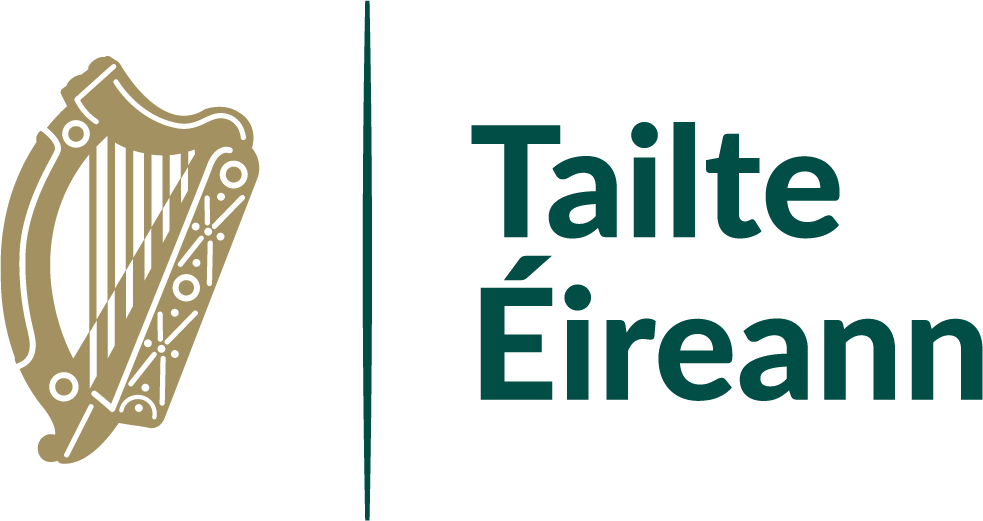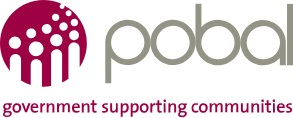MapGenie and the National Mapping Agreement
The National Mapping Agreement which was launched in January 2017 providing Government Departments and Public Sector Bodies with unrestricted access to most of Tailte Éireann – Surveying’s Geospatial data. Organisations covered under the National Mapping Agreement are entitled to access this data through MapGenie services.
MapGenie Services
- Basemap Services: symbology gives a clean, modern representation of our vector data at small, medium & large scales, delivered via dynamic and tiled services. Dynamic services allow users to choose which feature layers they wish to use. Individual features can be queried in order to access attributes associated with those for features in the Prime2 data set. For example every building in Ireland has a ‘function’ attribute associated with it. Tiled services provide high-performance access to our data for visualisation purposes.
- Orthophotography Services: MapGenie users have access to our most up to date aerial imagery. Full 26-county coverage allows us to supply data in our most recent 25cm resolution series to all 31 local authority areas. This means that there are 20,326 tiles of 2km imagery (orthorectified) available nationally for every corner of Ireland. Aerial imagery dating back to 1995 is also available through MapGenie.
- Historic Map Services: Digital versions of some of our historic maps are available as MapGenie services. MapGenie users can access 1st edition six inch maps. Surveyed between 1829 and 1842, these maps represent the first ever large-scale survey of an entire country. Also available to MapGenie users is a set of larger scale 25 inch maps which were surveyed and published at the start of the 20th century and an updated set of six inch maps dating from the mid-20th century.
- Discovery Series Map services: The enduringly popular Discovery Series is a set of feature rich maps which show detailed landscape information, like rivers, lakes, contours and townland names surveyed at a scale of 1:50,000
All services are available in Irish Transverse Mercator (ITM), and selected services also available in Web Mercator and Irish Grid (TM75) projections.
How to Access MapGenie Services
MapGenie services are available through the following interfaces:
- WMS: Open Geospatial Consortium (OGC) compliant Web Map Service.
- WMTS: Open Geospatial Consortium (OGC) compliant Web Map Tile Service.
- Dynamic ArcGiS Service: ESRI REST API dynamic map service.
- Cached ArcGiS Service: ESRI REST API cached service.
WMS and ESRI REST API dynamic map services allow users to access data at any zoom scale within the service’s visible range. These services allow users to query attribute data for individual features.
Users may switch individual vector feature layers on or off. For example a user may choose to display roads but not buildings.
WMTS and ESRI REST API cached services are optimised to work at a set of predefined scales. These services are faster than dynamic services however they are less flexible. Users cannot turn on or off individual features or access attribute data.
All four services can be used by desktop, web and mobile applications.





